The Rising Popularity of Survival Bunkers and Properties: A Sign of the Times
It seems like all the wealthy and CEOs are building prepper and survival bunkers all of a sudden.
In recent years, the interest in survival bunkers and properties has surged significantly, reflecting a growing concern among individuals about global uncertainties and the desire for security in tumultuous times. This trend, often referred to as preparing for “when the shit hits the fan” (WTSHTF), encompasses a wide range of motivations, from fears of natural disasters to geopolitical tensions and economic instability. This article delves into why survival bunkers and properties have become a sought-after investment and what potential buyers should consider.
Understanding the Appeal
The appeal of survival bunkers in areas like the Denver Foothills and Colorado Rockies and properties lies in their promise of safety and self-sufficiency in scenarios where traditional societal infrastructures fail. These structures are designed to offer protection against a variety of threats, including nuclear fallout, natural disasters, and civil unrest. Beyond the physical security features, these properties often include sustainable living capabilities like renewable energy sources, water purification systems, and agricultural spaces, allowing occupants to live independently of external supply chains.
Types of Survival Properties
1. Underground Bunkers: These are perhaps what most people envision when they think of survival properties. Modern underground bunkers are far from the crude fallout shelters of the past; they are equipped with air filtration systems, living quarters, storage for food and supplies, and sometimes even luxury amenities.
2. Remote Cabins: For those seeking a less fortified but equally secluded option, remote cabins situated in less densely populated areas offer a retreat from potential chaos. These properties prioritize ease of living off-grid, with access to natural resources and possibly, land for cultivation.
3. Self-Sustaining Homes: These properties combine the comfort of a traditional home with the resilience of a survival bunker. They are often built with reinforced materials and include features like solar panels, rainwater harvesting systems, and geothermal heating.
4. Communities: There’s a growing trend towards survival communities, where like-minded individuals can pool resources and skills to create a self-reliant society. These communities are planned with a focus on sustainability, defense, and communal living.
Prepper Homes
The concept of the Prepper Home has gained traction as an essential aspect of the survivalist movement, reflecting a growing concern among individuals for self-sufficiency and security in the face of global uncertainties. These specialized properties, ranging from underground bunkers to self-sustaining homes and remote cabins, are designed to offer protection and independence during various crisis scenarios, such as natural disasters, economic collapses, and geopolitical unrest. The appeal of Prepper Homes lies in their ability to provide a safe haven that ensures the survival and comfort of its inhabitants, regardless of external circumstances.
Prepper Property Market Trends
Market trends indicate a significant expansion in the interest and investment in Prepper Homes, with a diversification of the clientele from hardcore survivalists to affluent families seeking a “plan B.” This shift has prompted a notable evolution in the market, introducing a wider variety of properties that cater to different levels of preparedness and luxury. The burgeoning market is characterized by properties equipped with advanced sustainability features, such as renewable energy sources, water purification systems, and agricultural capabilities, alongside enhanced security measures to protect against potential threats.
For potential buyers, key considerations when selecting a Prepper Home include location, sustainability, security, and compliance with legal and environmental regulations. The ideal Prepper Home is situated in a strategically chosen location that balances remoteness for safety and privacy with accessibility for practical reasons. Moreover, the ability of a property to support a self-sufficient lifestyle through sustainable living practices is crucial for long-term survival. As the demand for Prepper Homes continues to grow, these properties emerge as a significant niche within the real estate industry, offering peace of mind and security to those seeking refuge in uncertain times.
The market for survival properties has seen remarkable growth, attracting a diverse clientele. Initially dominated by hardcore survivalists, it now appeals to affluent individuals and families looking for a “plan B” amidst growing uncertainties. This broadening of the market has led to a significant evolution in the types and quality of properties available, making it a lucrative niche within the real estate industry.
Considerations for Potential Buyers
Location: The ideal location for a survival property is remote enough to offer safety and privacy but accessible enough for practical considerations. Proximity to natural resources and defensibility are also key factors.
Sustainability: The ability to live independently is crucial. Look for properties with renewable energy sources, water solutions, and agricultural potential.
Security: Evaluate the property’s security features, including construction materials, surveillance systems, and any community defense plans.
Legal and Environmental Factors: Be aware of zoning laws, environmental regulations, and any potential risks like flood zones or wildfire areas.
FAQs
Q: Are survival bunkers legal? A: Yes, but it’s essential to comply with local building codes and zoning laws. Always check with local authorities before construction.
Q: How much do survival properties cost? A: Prices vary widely based on location, size, amenities, and level of preparedness. They can range from tens of thousands to millions of dollars.
Q: Can I finance a survival property? A: Financing options may be more limited compared to traditional real estate, but some lenders specialize in off-grid and unique properties.
Q: How do I start preparing a survival property? A: Begin with thorough research and planning. Consider your primary concerns (natural disasters, societal collapse, etc.) and assess what features are most important for your safety and comfort.
Survival Bunkers for Sale
The interest in survival bunkers and properties is more than a trend; it’s a reflection of a changing world where the desire for security and self-sufficiency is increasingly paramount. Whether motivated by a specific threat or a general sense of preparedness, investing in a survival property is a significant step towards peace of mind in uncertain times. As the market continues to evolve, the options for potential buyers are expanding, offering a range of solutions to meet the growing demand for safe havens.
Orson Hill Realty
It's Nice to Share










































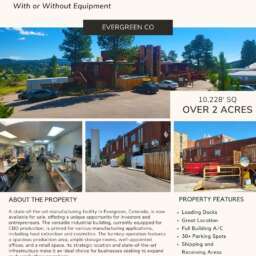
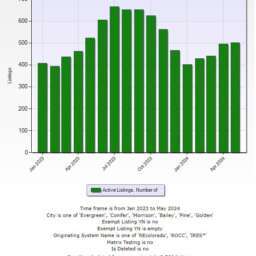





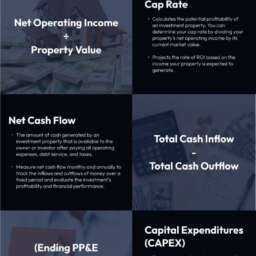



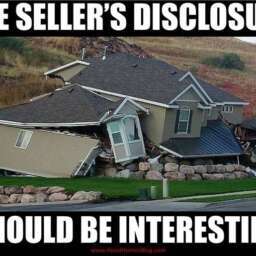

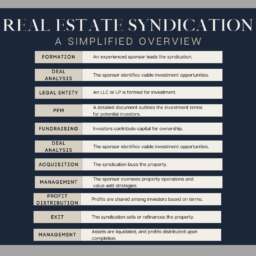




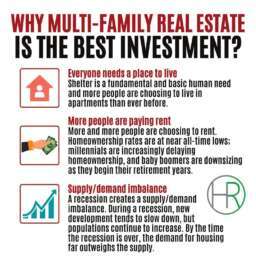




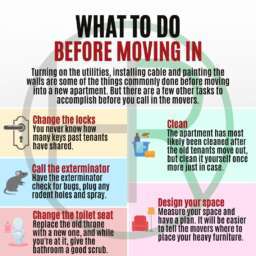
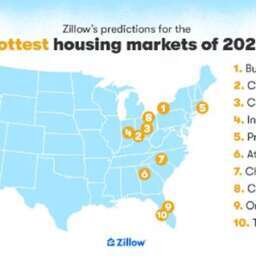
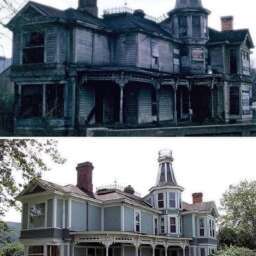
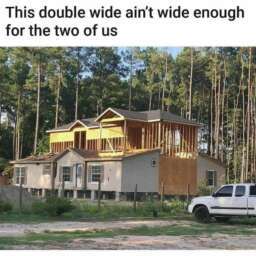
















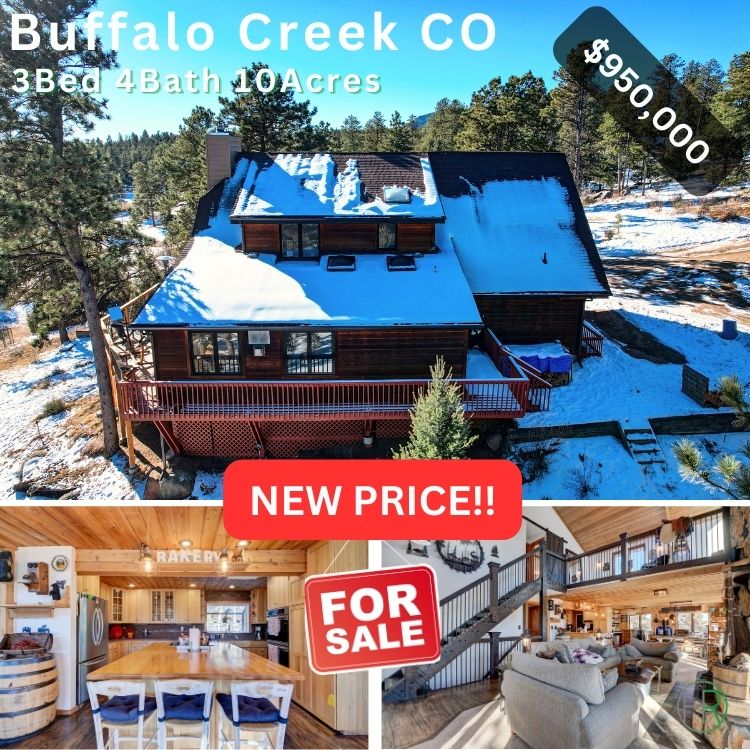

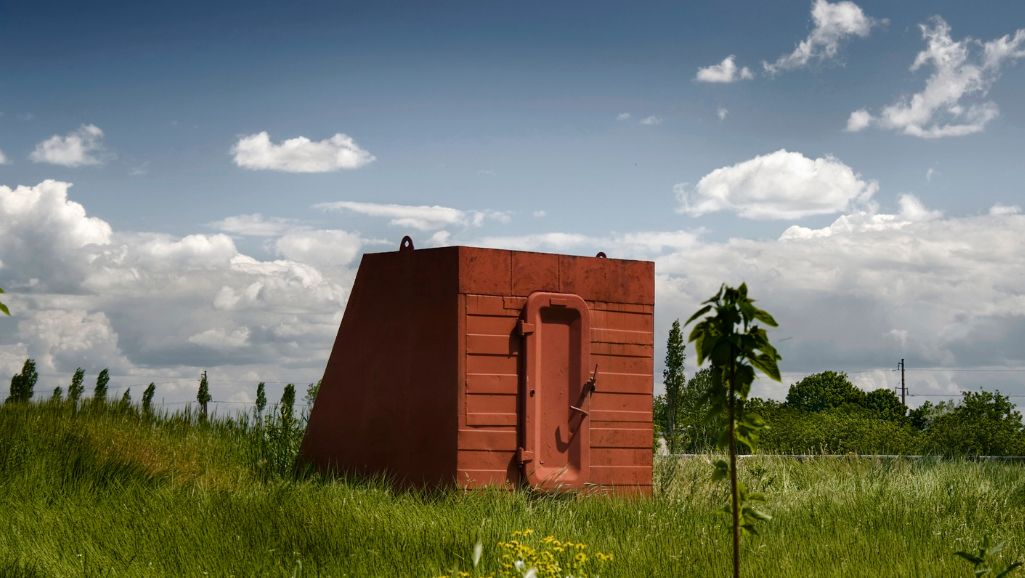

Comment, Write a Blog Post, Create Groups, Get Seen!
Comments, Opinions and Facts Go Here...👇